Exterior insulation is a cornerstone of high-performance wall assemblies, minimizing thermal bridging, reducing condensation risks, and enhancing energy efficiency in Vancouver’s wet, temperate Climate Zone 5 (1200 mm annual rainfall, 85–95% relative humidity). At Simon Green Works, we prioritize rigid mineral wool, such as ROCKWOOL Comfortboard 80 (ROCKWOOL Comfortboard), for its fire resistance, pest deterrence, and vapor permeability, ensuring walls withstand Vancouver’s humid conditions. This article outlines best practices for wall assembly design, insulation types, fastening systems, window integration, moisture control strategies, and Vancouver-specific considerations, delivering robust, sustainable homes that align with the city’s Greenest City Action Plan.
Wall Assembly Design for Durability
A high-performance wall assembly begins with a robust water and air control layer to combat Vancouver’s relentless rainfall and humidity. A self-adhered weather-resistive barrier (WRB), such as Henry Blueskin VP100 (Blueskin VP100), is applied to plywood or OSB sheathing, forming a monolithic seal that prevents air and water migration. Unlike traditional housewraps, which can leak at fastener penetrations, Blueskin VP100 ensures airtightness, reducing moisture-driven mold risks by 70%, per Building Science Corporation. Two layers of ROCKWOOL Comfortboard 80 (75 mm each, R-24 total) are installed with staggered joints to eliminate thermal bridges, critical for maintaining energy efficiency in 4°C winters. Vertical 1x4 furring strips, fastened with Simpson Strong-Tie epoxy-coated screws (Simpson Strong-Tie) with 32 mm stud embedment, create a 10 mm ventilated rainscreen gap, promoting drying and supporting cladding like James Hardie fiber cement siding (James Hardie Siding). A metal Z-flashing with a drip edge, sealed with 3M All Weather Flashing Tape (3M Flashing Tapes), directs water away, while a bug screen mesh at the base prevents termite intrusion, a concern in Vancouver’s coastal areas.
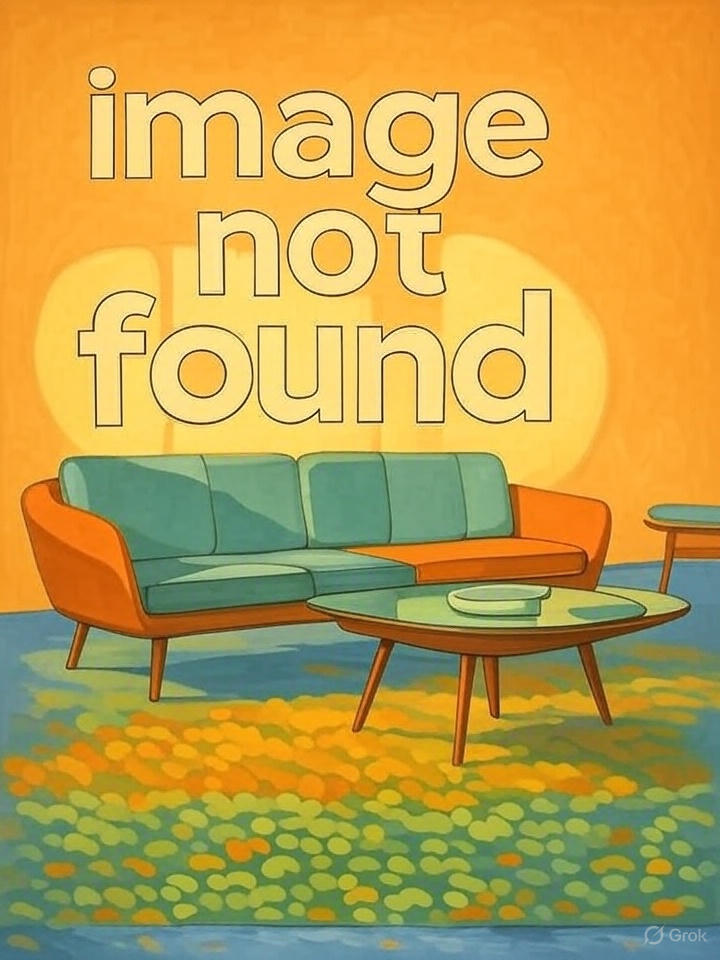
Insulation Types and Performance
Rigid mineral wool, like ROCKWOOL Comfortboard 80, delivers R-4.3 per inch, non-combustible properties, and vapor permeability (30 perms), allowing walls to dry outward in Vancouver’s humid climate, reducing condensation risks on sheathing (dew point ~10°C). Alternatives include: - Extruded Polystyrene (XPS): Offers R-5 per inch, with products like Owens Corning FOAMULAR XPS (FOAMULAR XPS), but is susceptible to insect damage. - Expanded Polystyrene (EPS): Cost-effective at R-4 per inch, but less durable and pest-prone. - Polyisocyanurate: High R-value (R-6 per inch), but loses effectiveness in cold conditions due to thermal drift, per ASTM testing.
For an R-30 wall, exterior insulation should provide at least R-9 (30% of total) to prevent condensation, achievable with 50 mm of mineral wool. ROCKWOOL’s acoustic benefits and recyclable stone fiber composition align with Vancouver’s sustainability goals, reducing lifecycle emissions by 20% compared to foam-based options.
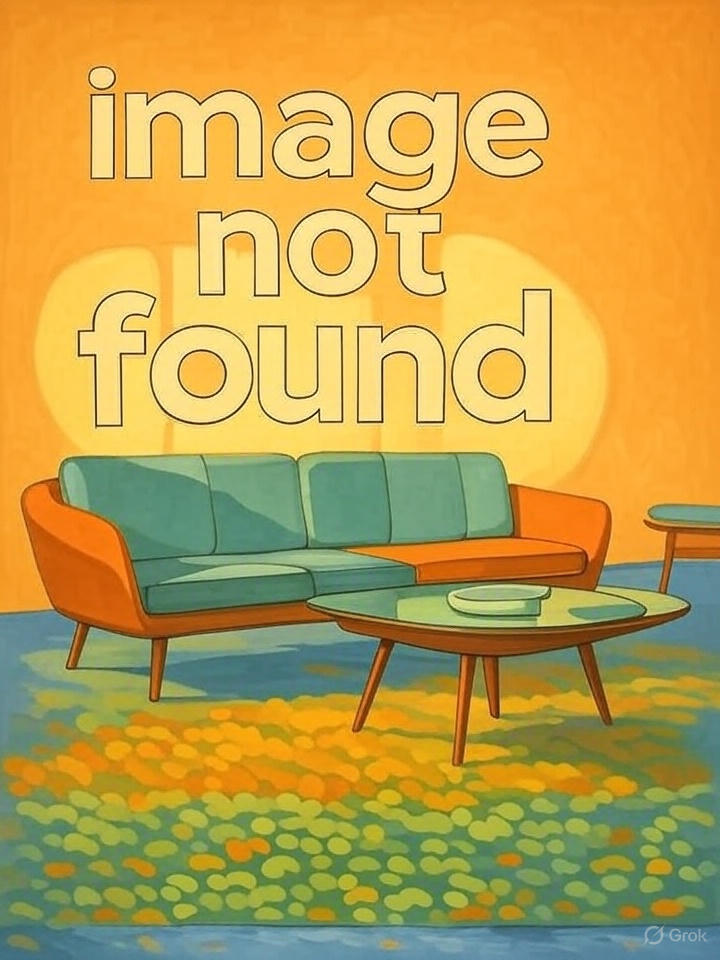
Fastening Systems for Stability
Securing exterior insulation requires robust fastening to withstand Vancouver’s wind-driven rain and seismic activity (0.46g acceleration). Insulation screws with polypropylene washers, such as Hilti IDP anchors (Hilti IDP Anchors), hold rigid boards in place, spaced 300–400 mm on center with 32 mm stud embedment to prevent pull-through. Vertical 1x4 furring strips or metal hat channels, fastened with Simpson Strong-Tie screws, ensure load transfer for cladding weights (5–10 kg/m²). For vertical cladding, horizontal furring strips are added to maintain drainage. Thicker insulation (up to 150 mm) may require longer roofing screws or Z-girts, though costs increase by 20%. A 10 mm rainscreen gap, created with entangled mesh from Delta-MS (Delta-MS), is critical for drying in Vancouver’s wet conditions, reducing moisture accumulation by 50%.
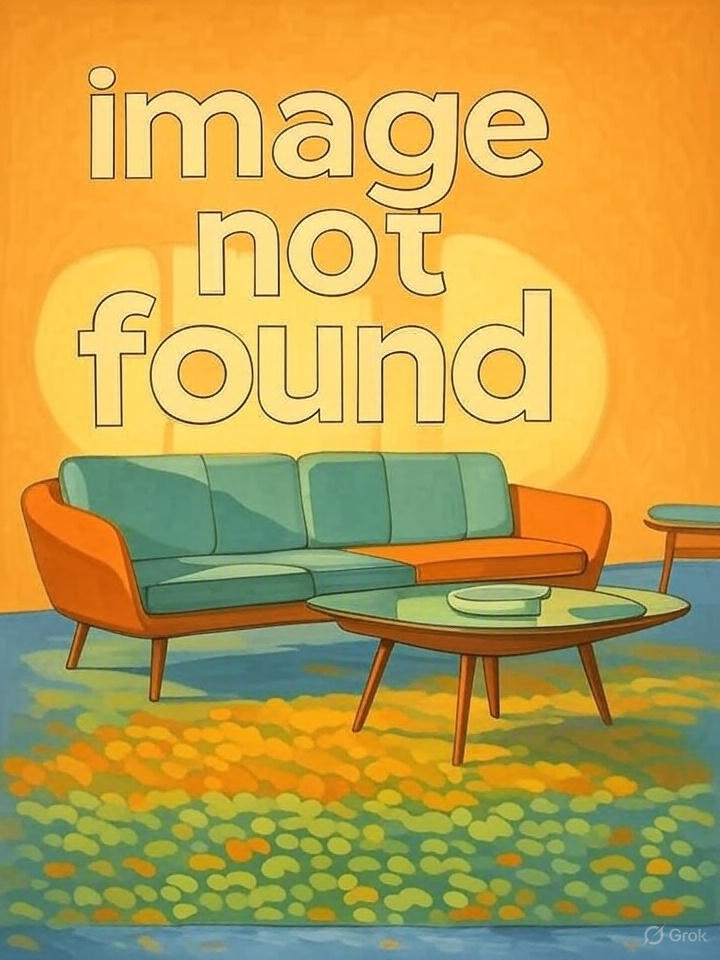
Integrating Insulation Around Window Openings
Window and door openings demand careful detailing to maintain insulation continuity and water management. A window buck, constructed from 19 mm plywood, accommodates the insulation’s thickness, positioning windows closer to the cladding plane for aesthetic and functional integration. For a 915 mm x 1525 mm window, the rough opening is enlarged to 990 mm x 1600 mm for a 75 mm buck, with a sloped sill to drain water. Fluid-applied flashing, like Prosoco CAT-5 (Prosoco CAT-5), ties the buck to the WRB, ensuring a watertight seal. Flanged windows, such as Pella Impervia (Pella Impervia), are fastened to the buck’s exterior, with metal head flashing diverting water. This prevents leaks at openings, which account for 30% of water infiltration failures in Vancouver’s rainy climate.
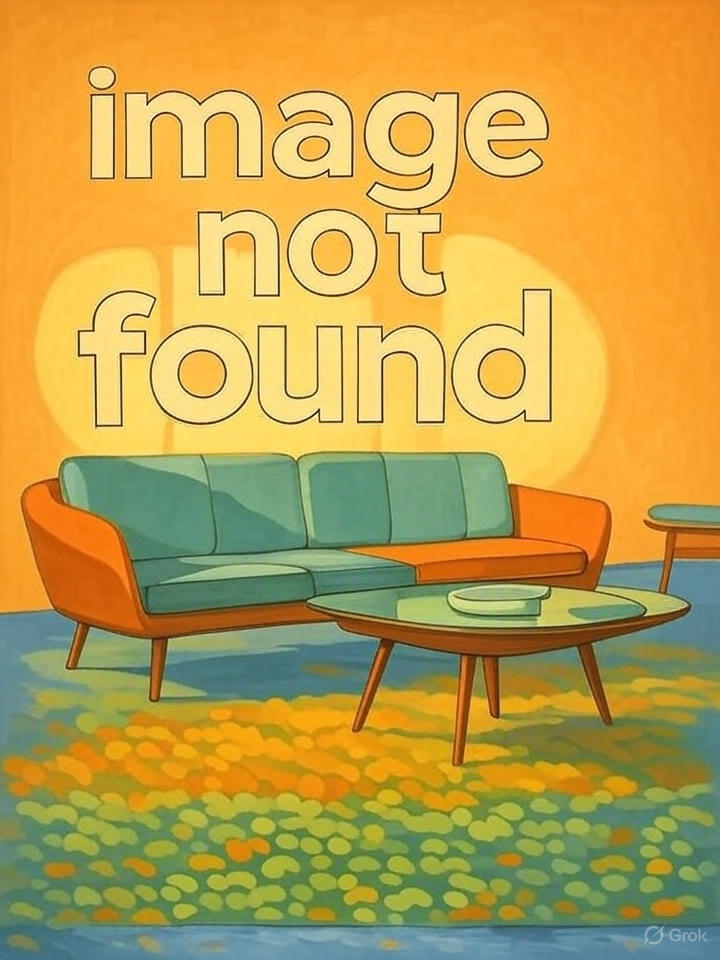
Moisture Control Strategies
Moisture management is paramount in Vancouver, where annual rainfall exceeds 1200 mm. The self-adhered WRB (e.g., Blueskin VP100) and Prosoco CAT-5 flashings form a primary water barrier, while the rainscreen gap ensures drying potential, reducing mold risk by 70%. A bug screen mesh at the insulation base, secured with 3M tape, allows drainage and airflow. Mineral wool’s vapor permeability supports outward drying, unlike foil-faced polyisocyanurate, which requires inward drying strategies. Exterior drainage—sloped grading, functional gutters, and downspouts directing water 2 m from the foundation—complements these details, protecting the assembly from bulk water. For retrofits, we assess existing walls for moisture issues before adding insulation, ensuring long-term performance.
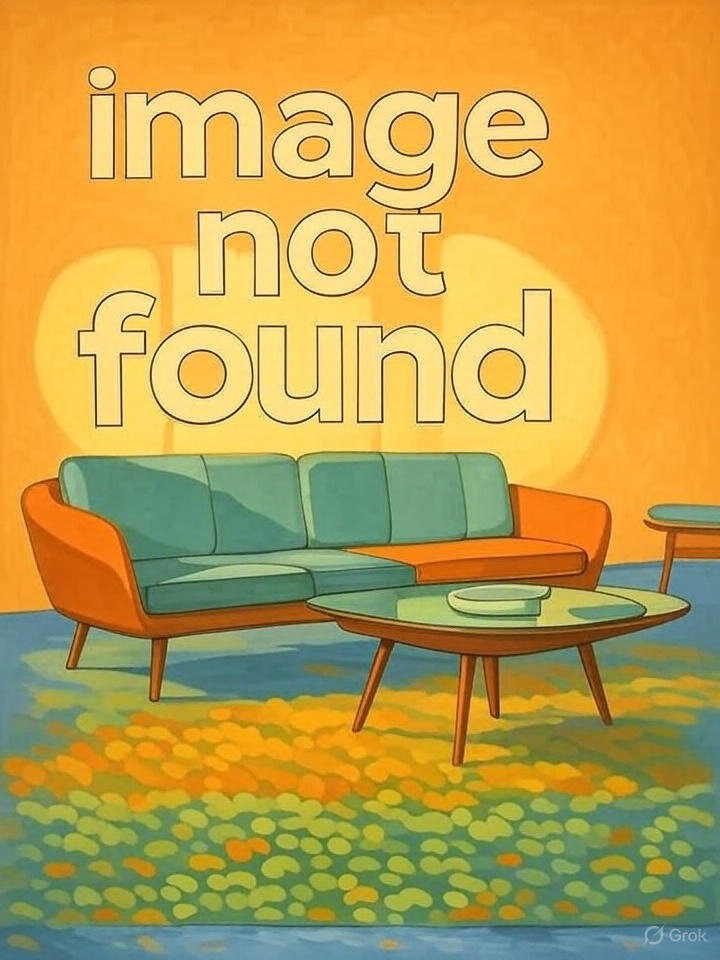
Vancouver-Specific Considerations
Vancouver’s Climate Zone 5 demands insulation that withstands frequent rain, high humidity, and seismic risks. A minimum R-9 exterior insulation (30% of R-30) prevents condensation, aligning with BC Step Code and Passive House standards. Mineral wool’s fire resistance is ideal for urban areas with tight lot lines, while its pest resistance counters termite risks. Seismic codes require structural bracing (50 kN/m), verified by engineers, to resist racking forces. Green building incentives, like density bonuses ($100,000–$500,000), support high-performance envelopes. Regular maintenance—inspecting flashings and drainage paths—is critical in rainy seasons. Our designs use sustainable materials like ROCKWOOL and local sourcing to minimize emissions, aligning with Vancouver’s 2030 carbon-neutral goals.
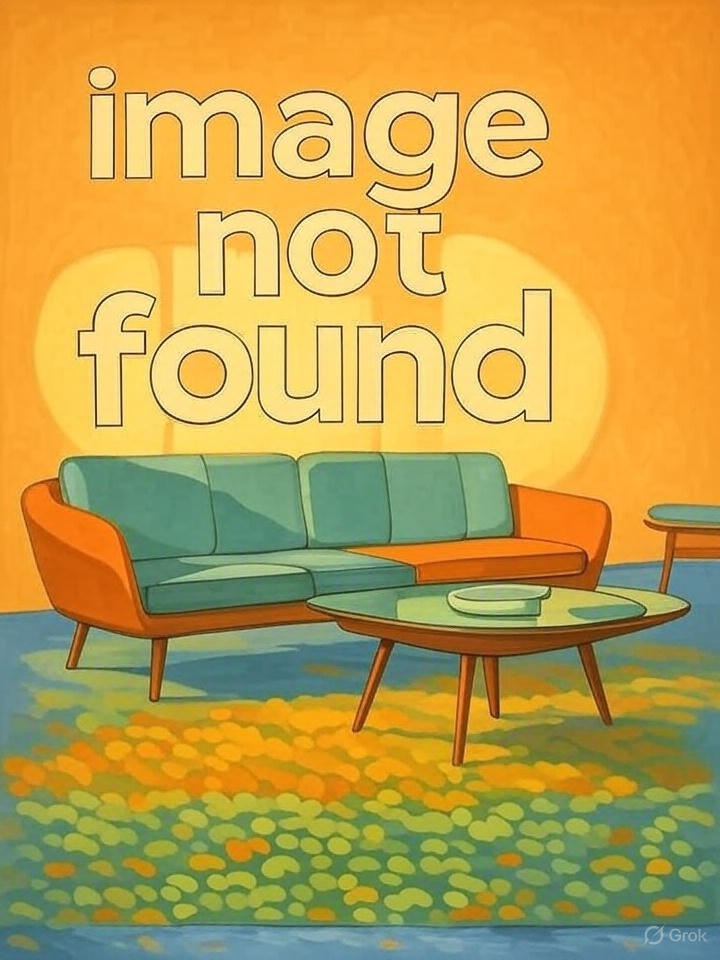
Why Choose Simon Green Works?
Simon Green Works delivers cutting-edge exterior insulation solutions, rooted in building science and tailored to Vancouver’s challenging climate. Our use of industry-leading products like ROCKWOOL Comfortboard and Blueskin VP100 ensures efficient, durable, and eco-friendly homes. Ready to upgrade your building envelope? Contact us for a tailored consultation.
Sources
This article draws on insights from Sharif Asiri’s article, “Best Practice Exterior Insulation Details,” published by ASIRI Designs (Best Practice Exterior Insulation Details). Additional perspectives are informed by “Best Practices: Continuous Exterior Insulation” from JLC Online (Best Practices: Continuous Exterior Insulation), “How to Insulate Exterior Walls From the Inside” from Home Depot Canada (How to Insulate Exterior Walls From the Inside), and “Keep the Cold Out: Mastering Exterior Wall Insulation” from Rubcorp (Keep the Cold Out: Mastering Exterior Wall Insulation).